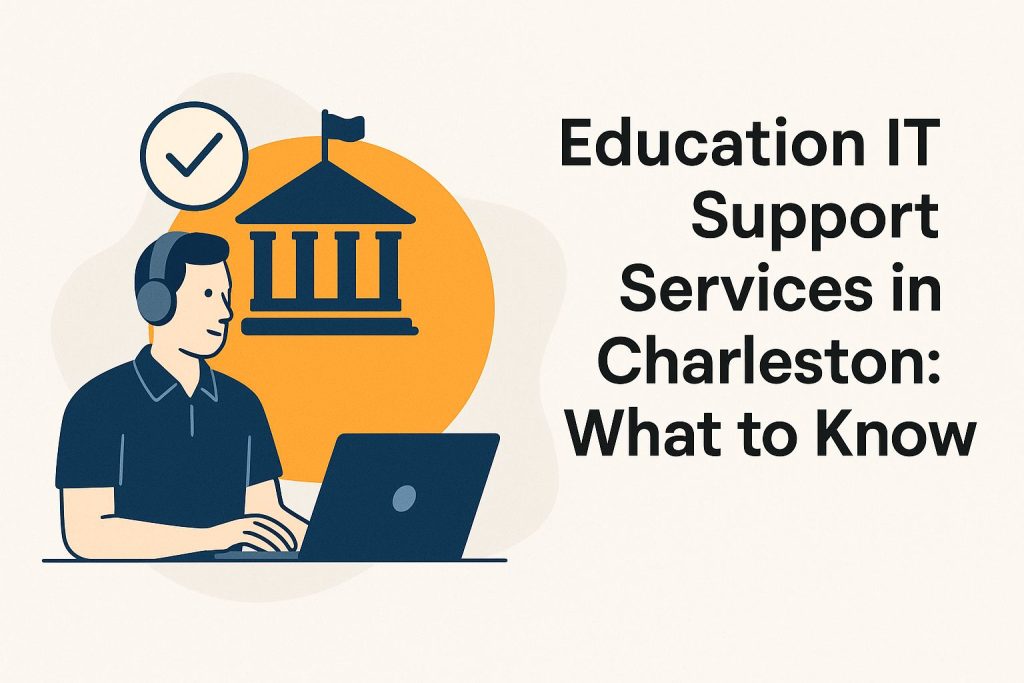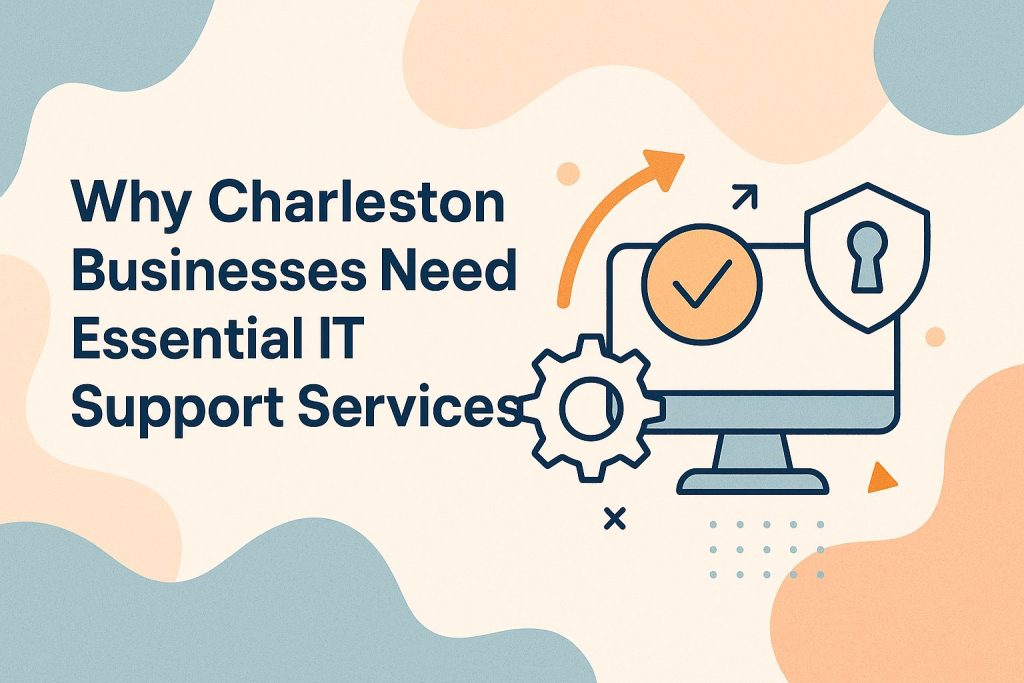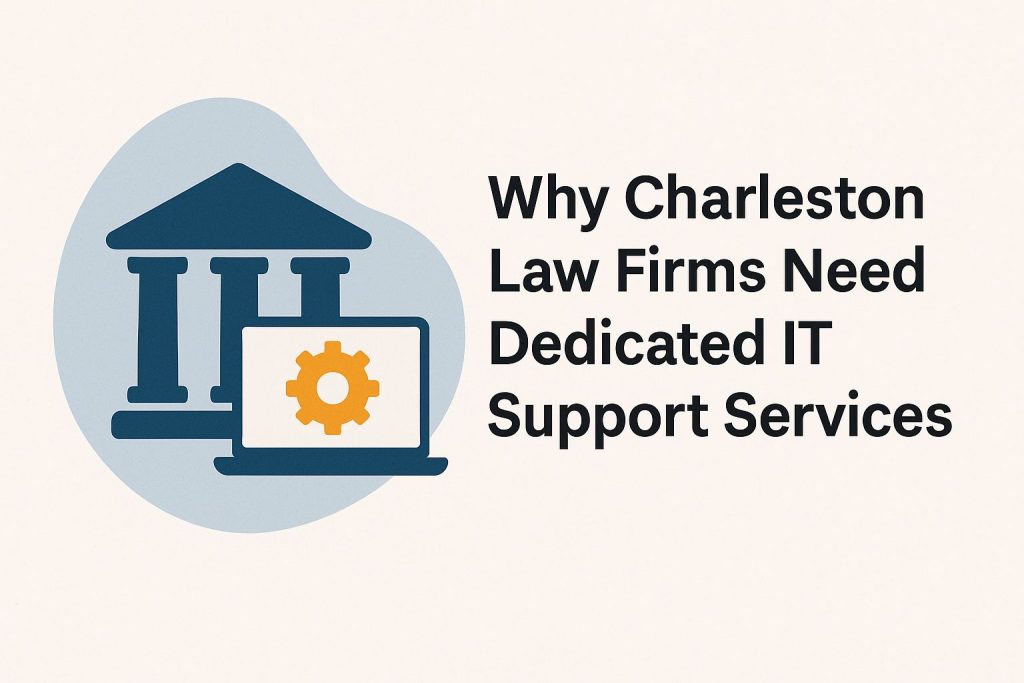How Charleston IT Support Services Handle Ransomware Threats
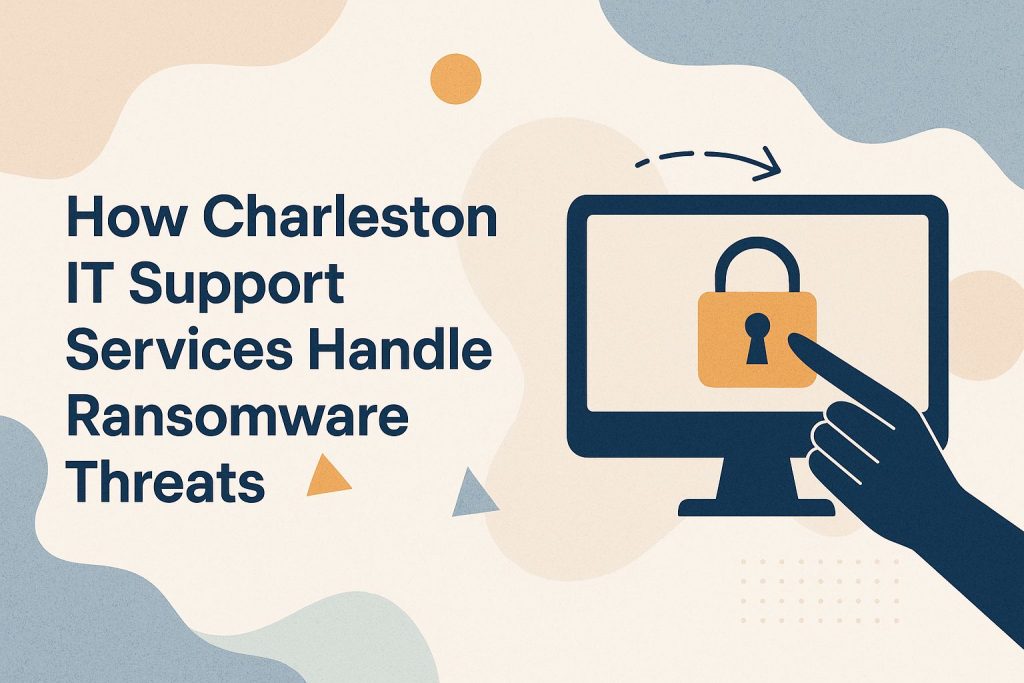
Ransomware attacks are increasing. They pose risks to unprepared organizations. It is crucial for businesses to understand how Charleston IT support services combat these threats. This helps protect data and ensure a reliable IT infrastructure. This article delves into the nuances of ransomware, explores common attack vectors such as email phishing and malicious downloads, and highlights the dedicated strategies employed by Charleston IT experts, from preventative measures like IT management to robust incident response protocols. Readers will gain insights to improve their cybersecurity posture.
Understanding Ransomware and IT Security Measures
Ransomware is a sophisticated threat. It targets organizations using encryption techniques. Attackers demand payment for data recovery. Losses exceeded $20 billion in 2022. Good IT governance and security assessments are essential to reduce these risks.
To effectively combat ransomware, it is essential for businesses to understand its mechanics and implement robust security measures. Regular data backups using tools such as Acronis or Veeam can significantly mitigate potential loss, while training employees to recognize phishing attempts greatly reduces overall risk.
Using endpoint protection solutions like CrowdStrike or SentinelOne helps detect suspicious activity. This increases security. Additionally, developing an incident response plan is crucial for ensuring prompt action in the event of an attack, highlighting the importance of preparation over reaction. As mentioned in our guide on disaster recovery planning, having a comprehensive plan is vital for ensuring business continuity.
Understanding ransomware helps with both prevention and recovery.
Common Ransomware Attack Vectors
Understanding the attack vectors of ransomware is crucial for implementing effective security measures, as these vectors serve as the primary gateways exploited by attackers.

Email Phishing
Email phishing continues to be the most prevalent method for ransomware delivery, accounting for over 90% of attacks, often masquerading as legitimate communications. Strong IT policies and network security can reduce this risk.
For example, a targeted phishing email may impersonate a reputable bank, prompting users to confirm their account details.
Unsuspecting recipients may click on the provided link and inadvertently enter sensitive information, which cybercriminals can exploit to gain unauthorized access to their accounts.
In 2022, over 200,000 unique phishing sites were reported by the Anti-Phishing Working Group. To mitigate such threats, organizations are encouraged to implement tools like Proofpoint for effective email filtering and to conduct regular training sessions.
These measures can help users recognize suspicious messages, thereby decreasing the likelihood of a successful attack.
Malicious Downloads
Malicious downloads are often hidden in infected software or applications. They are a common method for delivering ransomware and exploit vulnerabilities in user systems. Antivirus software and regular software updates are essential for protection.
For instance, a widely used file-sharing application was exploited to distribute ransomware, impacting thousands of users.
To reduce these risks, use reliable antivirus software like Bitdefender or Norton. They can detect and quarantine malicious downloads quickly. It is also prudent to scan any downloaded files using tools like VirusTotal, which checks files against multiple antivirus engines.
Caution should be exercised regarding the sources of downloads; adhering to well-known platforms significantly reduces the likelihood of encountering harmful software.
Preventative Measures by Charleston IT Support
Charleston IT support services recommend a multi-layered security approach. This approach lowers the risk of ransomware and ensures business continuity.
This approach includes robust employee training and the implementation of advanced threat detection systems.
Businesses should conduct regular security audits. This helps identify potential vulnerabilities. Use tools like Nessus or Qualys for complete assessments.
Regular phishing simulation exercises help educate employees. They learn to recognize and respond to threats. Companies should adopt endpoint protection software like CrowdStrike or Sophos. These tools provide real-time monitoring and response. For those interested in comprehensive strategies to protect their businesses, our guide on cybersecurity best practices in Charleston offers valuable insights.
A clear incident response plan is essential. It ensures breaches are addressed quickly to minimize disruption.
Incident Response Protocols and IT Crisis Management
A well-defined incident response protocol is crucial for minimizing damage from ransomware attacks and facilitating the swift recovery of affected systems. Using digital forensics and threat intelligence improves these efforts. To strengthen your defenses, you might explore some cybersecurity best practices that offer strategic insights tailored for businesses.
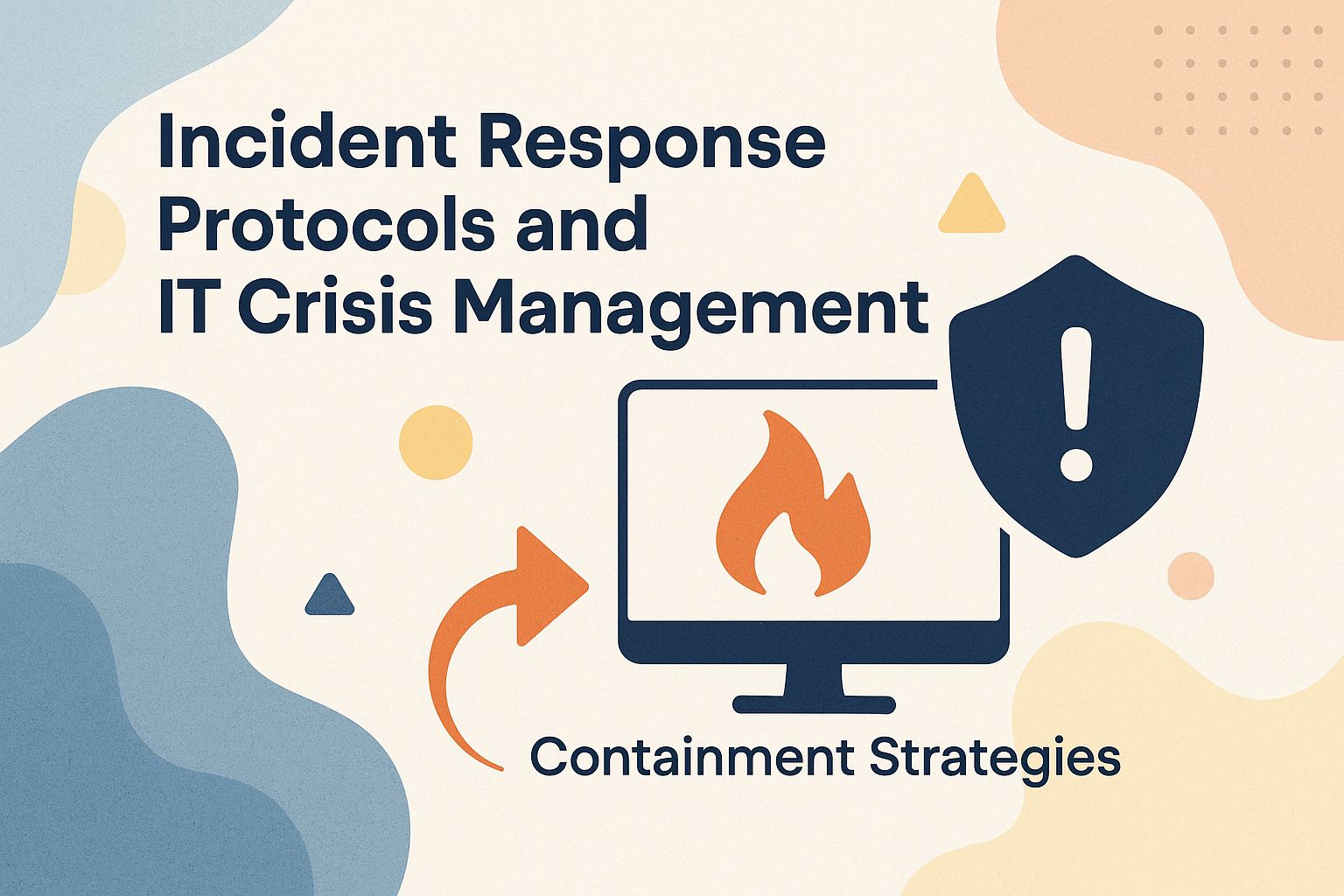
Containment Strategies
Containment strategies must be implemented right after a ransomware attack. This limits the spread of infection and protects unaffected systems.
First, isolate infected machines from the network. Unplug Ethernet cables or disable Wi-Fi to prevent further contamination.
Next, assess the attack’s scope. Use forensic tools like EnCase to analyze system compromises and evaluate malware impact. Temporarily disabling affected network segments may also be necessary to protect critical systems.
After containment, create a communication plan to inform stakeholders about the breach. Prepare a recovery strategy and preserve evidence for investigation.
Data Recovery Solutions
Data recovery solutions and disaster recovery plans are crucial after a ransomware attack. They let organizations restore data without paying attackers.
Regular backups are essential. Solutions like Acronis and Veeam are reliable options.
Acronis offers both local and cloud backup features, while Veeam is particularly effective in virtualized environments. To restore data securely, it is important to first isolate the affected systems to prevent further compromise.
- Next, organizations should utilize their backup tool to initiate the recovery process, ensuring that validated backups are used to avoid restoring corrupted data.
Additionally, documenting the entire recovery procedure is advisable, as this practice can help refine future strategies and enhance the organization’s resilience against similar attacks.
Ongoing Security Training
Ongoing security training is crucial for employees. It helps lower the risk of ransomware by promoting awareness and vigilance against potential threats.
To implement continuous security training, organizations may consider utilizing tools such as KnowBe4, which provides phishing simulations designed to educate employees on identifying suspicious emails. Regular workshops can complement this initiative. They should address the latest cyber threats and safe computing practices.
For example, schedule quarterly workshops with interactive exercises. This reinforces learning and engagement.
Additionally, establishing a feedback loop that allows employees to report phishing attempts will further enhance the training process. This approach raises awareness and equips staff with the skills to respond effectively to attacks. For those exploring comprehensive support options, our insights into why Charleston businesses need essential IT support services can offer valuable guidance.
Frequently Asked Questions
What is ransomware and why is it a threat to businesses?
Ransomware is malware that encrypts files on computers or networks. Files become inaccessible without a decryption key. This malware spreads through phishing emails or malicious websites. It threatens businesses by causing financial losses, downtime, and reputational damage.
How do Charleston IT Support Services prevent ransomware attacks?
Our team uses a combination of security measures, including firewalls, intrusion detection systems, and email filtering to prevent ransomware attacks. We regularly update and patch software. This fixes vulnerabilities that ransomware could exploit.
What should I do if my business becomes a victim of a ransomware attack?
If ransomware targets your business, first disconnect all infected devices from the network. This helps prevent further spread. Next, contact Charleston IT Support Services for help with containing and removing the ransomware.
Can Charleston IT Support Services help with data recovery after a ransomware attack?
Yes, our team can recover data. We can work to restore encrypted files. We recommend backups as a proactive measure. This helps prevent permanent data loss from a ransomware attack.
Are there any specific industries that are targeted by ransomware attacks?
Ransomware attacks can target businesses across any industry, putting all organizations at risk. Common targets include healthcare, finance, and government. All businesses should be aware of ransomware threats and take steps to protect their data.
How can Charleston IT Support Services help businesses be prepared for ransomware attacks?
We provide training for employees. This helps them recognize and avoid phishing emails and other ransomware tactics. We conduct regular vulnerability assessments and penetration testing. This helps identify weaknesses in security measures.
